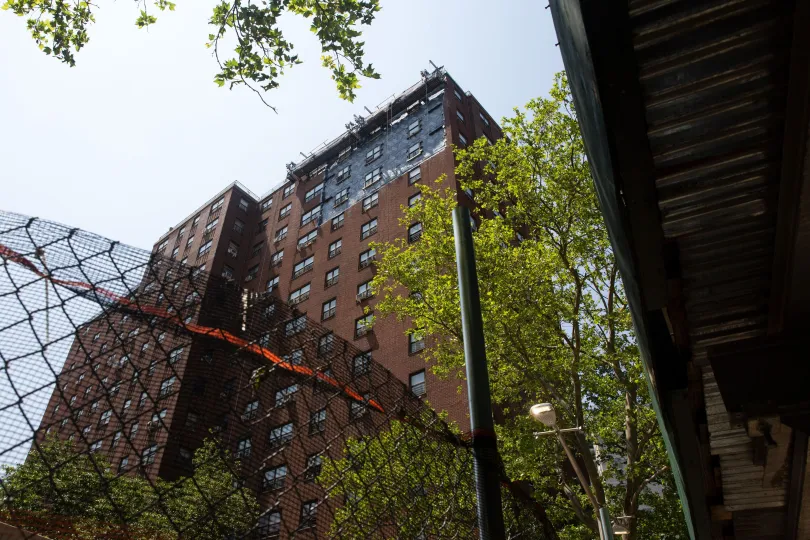With Bricks Tumbling, NYCHA Needs $3 Billion to Fix Its Facades
The Housing Authority seeks city funds to remedy hundreds of violations for faulty brickwork, but the Office of Management and Budget says budget rules prevent it.

 This article was originally published on by THE CITY
This article was originally published on by THE CITY
When hundreds of bricks fell last month from the 15th floor of a Bronx development and crushed a sidewalk shed set up to protect passersby, city Housing Authority staff discovered that some of the metal hooks that were supposed to have held the masonry in place were missing in action.
The Jackson Houses development, just a few blocks from Yankee Stadium, was cited by the city buildings department for facade safety violations in 2016, but the problems remained unresolved for years. Some of the bricks were essentially unattached to the wall and had simply stayed in place by pure luck for an unknown period of time.

Brooklyn Boro
View MoreNew York City’s most populous borough, Brooklyn, is home to nearly 2.6 million residents. If Brooklyn were an independent city it would be the fourth largest city in the United States. While Brooklyn has become the epitome of ‘cool and hip’ in recent years, for those that were born here, raised families here and improved communities over the years, Brooklyn has never been ‘uncool’.